Unveiling the Mechanism: Carbon Filter Air Purifier and Activated Carbon Air Filters
Introduce
The working principle of the activated carbon air purifiers is to adsorb pollutants and remove them from the air. The best way to understand how this works is to think about how sponges absorb water. If you put water on one side of the sponge, it will absorb all the water. Now imagine that if you put these activated carbon materials in the air purifier, they will only absorb chemical substances such as cigarette smoke or household odor. This is the basic principle of activated carbon filter!
Activated carbon air filter helps capture odor
The activated carbon air filter can also remove odor. They can be used in air purifiers and air filters to capture particles that cause odor. However, activated carbon works differently from ordinary filters.
Activated carbon is made by heating wood, coconut shell or other organic materials in a low oxygen environment. Heating these carbonaceous materials to high temperature will lead to the formation of carbon pores and increase their surface area, thus increasing the adsorption of harmful gases. Compared with most other materials used for adsorption, carbon has a very large surface area per unit mass, which means that it has more space on the surface to accommodate organic compounds from the home environment, such as chemicals or gases.
Activated carbon filtration is very effective, because the pore size in the filter medium can be adjusted according to different pollutants, so we only need one filter to remove many different pollutants.
The porous nature of activated carbon enables it to adsorb a variety of substances, including chemical vapor, odor, gas, and even microorganisms.
The activated carbon filter is composed of particles or blocks, which are composed of a mixture of coal, wood or coconut shell and other materials, which are subject to high-temperature oxygen treatment (thermal activation). This process makes them very porous and therefore highly adsorbable.
The main disadvantage of activated carbon air filters is that they need to be replaced frequently - usually at least every few months.
This type of air purifier uses activated carbon to achieve adsorption. When the activated carbon filter material reaches the saturation point, the adsorbed pollutants are dissociated and enter the breathing space again, which will cause secondary pollution and need to be replaced frequently.
This depends on the size and type of filter you use, but this is true for most types of activated carbon filters.
conclusion
There are many advantages to using an activated carbon air filter. Its working principle is to capture pollutants in the air and make them flow through the filter to remove formaldehyde, VOC and other odor substances in the air.

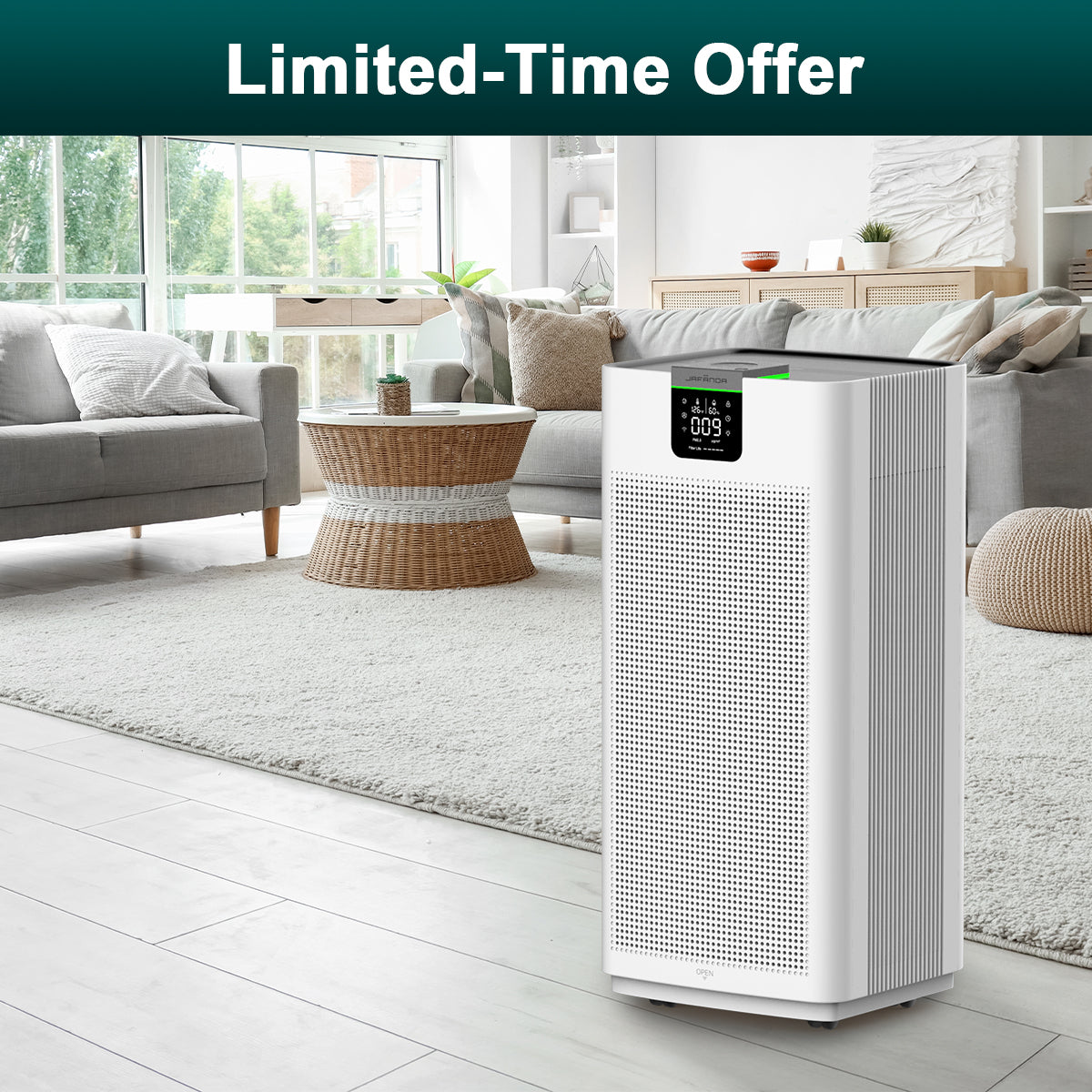
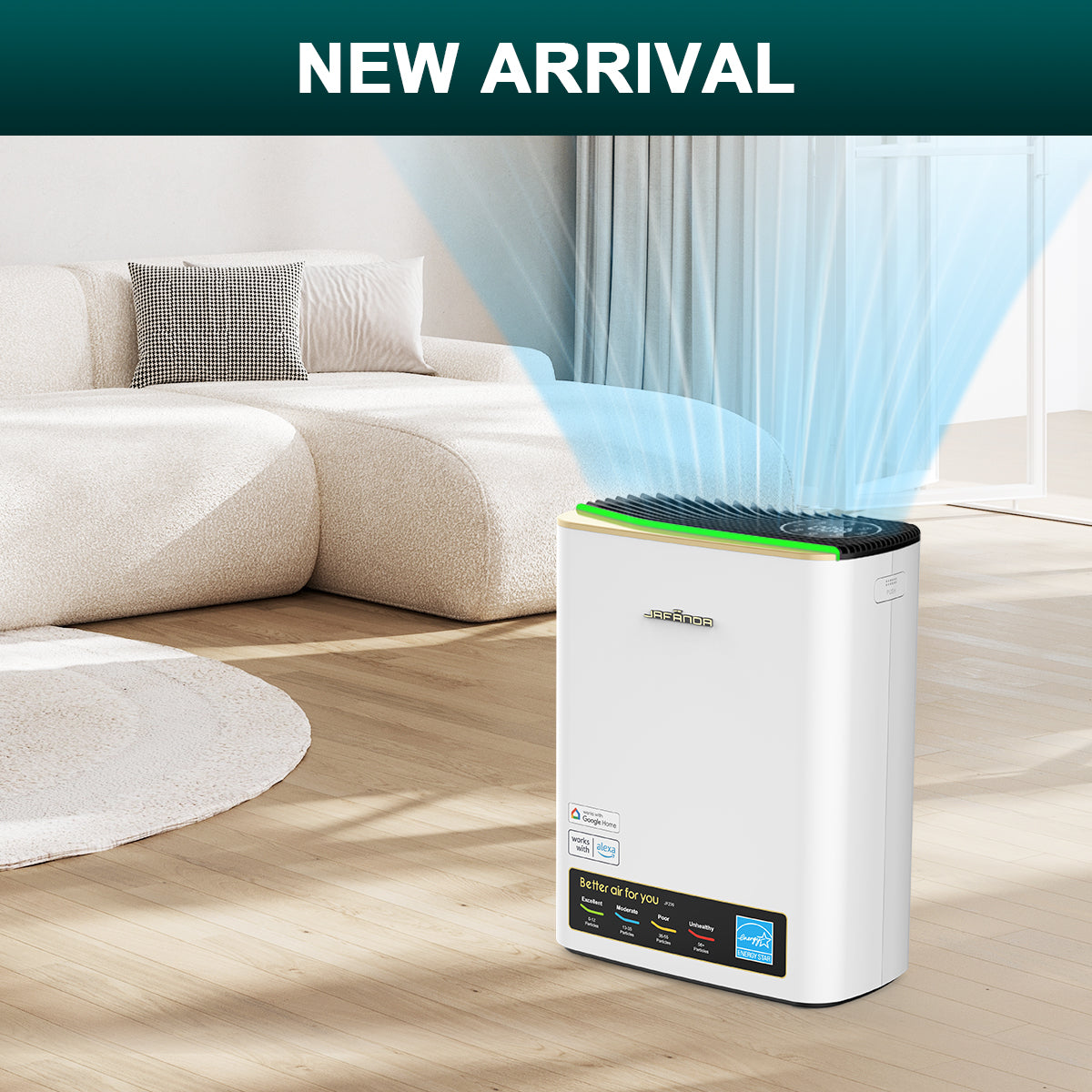



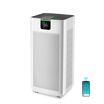
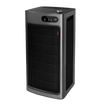
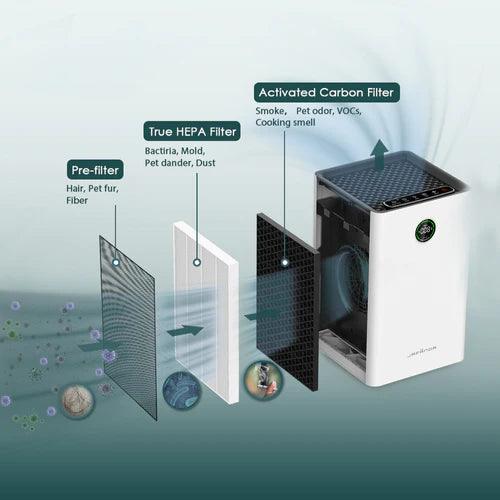

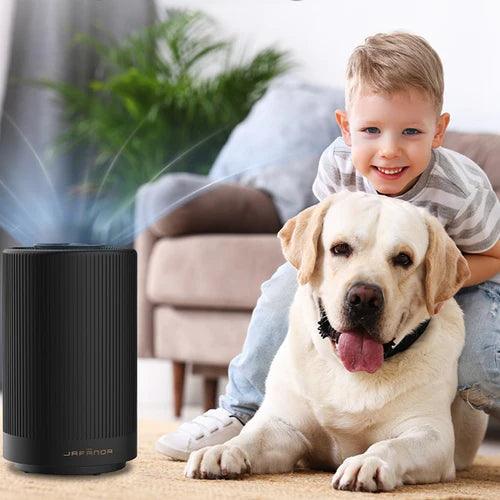
Leave a comment
All comments are moderated before being published.
This site is protected by hCaptcha and the hCaptcha Privacy Policy and Terms of Service apply.